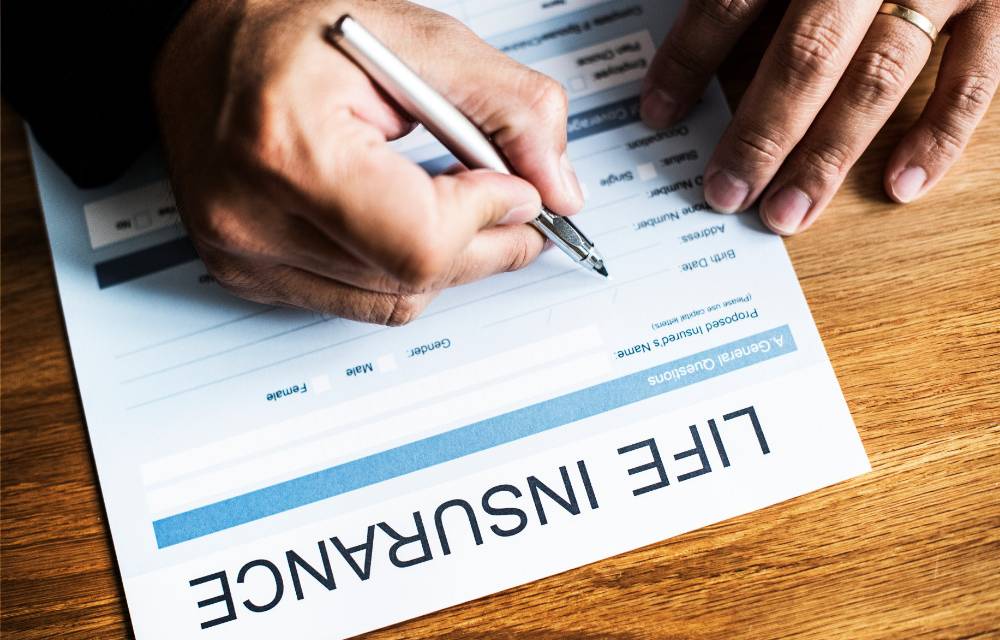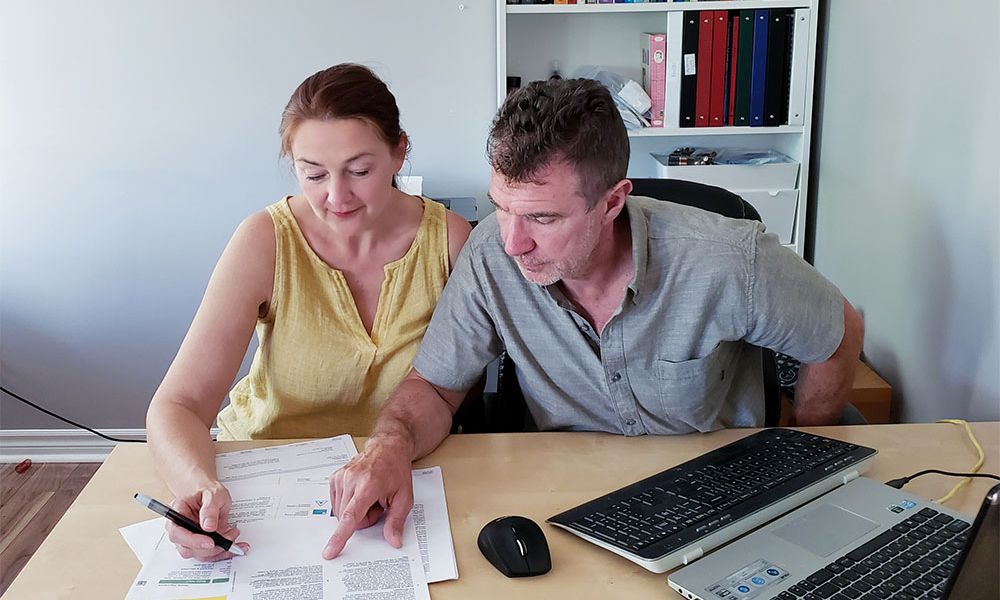
Hazard Insurance: Knowing the Key Perils in Your Policy
TABLE OF CONTENTS
Questions:
If you were a child of the ’70s, any use of the word ‘hazard’ immediately reminds you of Bo and Luke Duke, racing General Lee through the backroads of Hazzard County. It’s doubtful the fictional Duke boys had insurance on their Dodge Charger, but it’s nice to think Uncle Jesse, the practical one in the family, might’ve had hazard insurance on his farm.
KEY TAKEAWAYS
- 1
Hazard insurance is a type of coverage included in a homeowners insurance policy that protects against structural damage to your home caused by specific events such as fire or lightning.
- 2
Hazard insurance is required by mortgage lenders as it helps ensure that the borrower has the financial capacity to rebuild their home in case of damage.
- 3
Hazard insurance does not cover damage caused by earthquakes or floods.
Hazard insurance vs. homeowners insurance
Hazard insurance is a type of coverage included in a homeowners insurance policy. It protects against structural damage to your home caused by specific events, such as fire or lightning. The confusing thing about hazard insurance is that mortgage lenders require it, but you don’t buy it on its own — it’s built into your homeowner's policy.
Homeowners insurance typically bundles five primary types of coverage into one policy. That’s quite different from car insurance, which is sold a la carte; you’re quoted different rates for property damage liability, medical bodily injury, and collision, for example. You can buy all of these or just the liability minimums required in your state. As a homeowner, you don’t have as much freedom to customize your coverage. Your insurer gives you one quote and it’s an all-or-nothing deal.
The five types of coverage included in a standard homeowners policy:1
Hazard insurance, also known as structural coverage
Your hazard insurance helps pay to repair or rebuild your home if it’s damaged by certain causes as defined in your policy
Other Structures
Other structures coverage provides a stand-alone limit for repairing and replacing other non-attached structures to your home. This includes pools, detached garages, sheds, fences, and other outbuildings. The hazards protected against are the same as for structural coverage.
Normally, your policy caps the other structure's coverage at 10% of your dwelling limit, but this can generally be raised for a price.
Personal Items
Your homeowner's policy will also replace damaged furniture, clothes, electronics, and other belongings up to a limit specified in the policy. Expensive collectible items may not be covered up to their full value. Jewelry is an example. You may need to add extra personal property coverage to have wedding rings or other valuables fully covered.
Liability
The liability coverage in your homeowner's policy helps pay for injuries or property damage that you or a family member caused to someone else, or injuries to others that occurred in your home.
Additional living expenses
Your homeowner's policy may also have limited coverage for living expenses you incur if you cannot live in your home while it’s being repaired.
Lenders require you to carry hazard insurance because their primary concern is protecting the value of their collateral, which is your home and the property it sits on. If the home burns down, that collateral may be worth less than the mortgage balance. Hazard insurance ensures you have the financial capacity to rebuild.
The other aspects of homeowners insurance are more for your benefit, rather than the lender's.
What hazard insurance covers
There are two types of hazard coverage: named perils coverage and open perils coverage. Of course, they’d have odd names. The perils are the incidents that cause damage to a home. A named perils policy lists the perils that are covered, while an open perils policy lists exclusions that are not covered. That means you can file a claim against your named perils policy only if the damage was caused by something listed in your policy. Open perils coverage works in the opposite way; your damage is covered only if the cause is not listed as an exclusion.
Named perils coverage
Named perils hazard insurance, also known as broad form coverage or HO-2 insurance, normally covers damage caused by:2
Fire and lightning
Explosion
Smoke
Windstorms and hail
Riots
Vandalism
Ice, snow, or sleet
Volcanic eruptions
Vandalism
Falling objects
Water damage from HVAC overflow
Water heater damage
Vehicles
Damage from electrical current
Frozen pipes
Aircraft
Open perils coverage
Open perils hazard insurance, also known as all risks insurance, Form No. 3 special homeowners insurance, or HO-3 coverage. Open perils coverage will pay to repair any structural damage to your home that is not caused by:3
Neglect
Intentional loss
Vandalism if the home has been vacant for 60 days or more
War
Government acts
Earthquake
Flood
Collapse
Nuclear hazard
Smog, corrosion, and rust
Water damage, unless it’s accidental
Power failure
Mechanical breakdown
Wear and tear
Smoke from industrial operations
Discharge and seepage of pollutants
Molds, fungus, or wet rot
Birds, rodents, or insects
Animals that belong to the homeowner
Theft during a home construction
Look closely, and you’ll see that neither named perils coverage nor open perils coverage protects your home from earthquake or flood damage. If you live in an area that’s at risk of earthquakes or floods, shop around for quotes on added coverage or even separate policies to protect yourself. You may find that the cost of these coverages is prohibitively expensive. Unfortunately, you’ll have to weigh the risk against that cost.
Are these perils actually hazards?
Some of the items in the named perils list might prompt a chuckle or two. Who’d have thought your homeowner's policy would protect your urban home against volcanic eruption? You might as well add in the named peril of Bo Duke driving General Lee into the side of your house — it’s just not going to happen in most places.
Most common hazard insurance claims
Set aside the oddball perils, and hazard insurance protects you against real threats. The chart below shows the frequency of claims by claim type per 100 homeowners policies in all states except Alaska, Texas, and Puerto Rico. As you can see, about four out of every 100 homeowners have to file claims for damage caused by wind, hail, freezing, and water damage.
Table data source: Insurance Information Institute4
Most expensive hazard insurance claims
Hazard-related damages can be expensive, too. As you can see in the chart below, claims for damage caused by fire and lightning average more than $65,000. Water damage and freezing is the second-priciest, hazard-related claim, with an average claim value of $10,234. Data excludes policies in Alaska, Texas, and Puerto Rico.
Table data source: Insurance Information Institute5
All of this is to say that bad things do happen, and they can cost you a lot of dough. Even if your home isn’t financed, it’s a no-brainer to carry hazard insurance — if only to protect against the risk of your home burning down and leaving you with $50,000 or more in rebuilding expenses.
Hazard insurance coverage limits
When shopping for hazard insurance, pay attention to the coverage limits. The most common types: are actual cash value, replacement cost value, or extended replacement cost value.
Actual cash value hazard insurance
Actual cash value or ACV insurance reimburses you for the depreciated value of your home, less your deductible. Unless the home is brand new, ACV will be lower than the amount you’d pay to rebuild.6 That’s problematic, right? Your house burns down and you can either downgrade your home or reach into your own pocket to fund part of the rebuild. Lenders might not allow an ACV policy, for the same reason.
Replacement value hazard insurance
Replacement value coverage is more expensive than ACV, but those higher premiums might be worth it. If your house burns down and you have replacement value coverage, your insurer will pay to rebuild a home that’s the same size and quality as your former home.
Extended replacement value hazard insurance
You can get even broader coverage with an extended replacement value policy. This form of coverage allocates an amount above the replacement value — say, 10% — as a hedge against cost inflation.
Lender requirements
Ultimately, your lender may decide how much coverage you need. Check your mortgage paperwork or ask your broker for specific requirements. Lenders are more likely to demand specific coverage levels when the loan amount is high relative to the property’s total value. But even if your mortgage balance is only 50% of the property’s value, do remember that hazard insurance protects you as much as it protects the lender. If your home is destroyed, you still have to rebuild — whether there’s a lender in play or not. Replacement value or extended replacement value insurance will pay for that, with the less out-of-pocket expense for you.
Protecting your home with hazard coverage
Hazard insurance protects you from the most expensive homeowners claims — namely, fire damage. Just think how quickly Uncle Jesse could’ve burned his place down, with the moonshine operation and all. The same could happen to you. Maybe not because you make moonshine, but a faulty electrical outlet or a kitchen fire could easily burn out of control. If that happens, hazard insurance makes the difference between losing everything and having the financial strength to start over.
- What is covered by standard homeowners insurance? (n.d.). Retrieved May 12, 2020 from https://www.iii.org/article/what-covered-standard-homeowners-policy
- Named perils. (n.d.). Retrieved May 12, 2020 from http://www.houseinsurancerates.com/named-perils.html
- What is Form No. 3 special homeowners insurance (HO-3)? – Definition from Insuranceopedia. (n.d.). Retrieved May 12, 2020 from https://www.insuranceopedia.com/definition/2028/form-no-3-special-homeowners-insurance-ho-3
- Facts + statistics: Homeowners and renters insurance. (n.d.). Retrieved May 12, 2020 from https://www.iii.org/fact-statistic/facts-statistics-homeowners-and-renters-insurance
- Facts + statistics: Homeowners and renters insurance. (n.d.). Retrieved May 12, 2020 from https://www.iii.org/fact-statistic/facts-statistics-homeowners-and-renters-insurance
- Roy, S., & Ohman, J. (2020, March 13). What is actual cash value homeowners insurance? Retrieved May 12, 2020 from https://www.thetruthaboutinsurance.com/what-is-actual-cash-value-homeowners-insurance/
TABLE OF CONTENTS


Trying to find the best insurance?
We'll help you find the policy that offers the best value for your situation.
Further Reading

Navigating the Digital Insurance Landscape Considerations
A look at the immense value and high customer lifetime potential within the insurance sector.
Read article

When is Term Life Insurance Worth it?
Decide if term life's advantages are worth it: compare whole vs term life insurance, assess top term providers, and delve into in-depth reviews.
Read article

Insurance Binder: Bridging Between Coverage and Confirmation
From car loans to rental properties, insurance binders are required in a variety of situations. Discover the ins and outs of these essential documents.
Read article

Haven Life Review: Providing Prudent and Protective Policies
Uncover the benefits and drawbacks of Haven Life's term insurance policies, along with eligibility details, pricing, and customer feedback..
Read article
Start Comparing Quotes
Search from our learning center to learn everything from how to easily switch your car insurance to the ins and outs of home insurance.
Fill out just one form and get multiple quotes!


